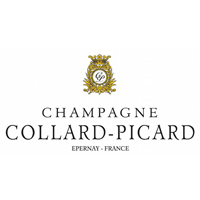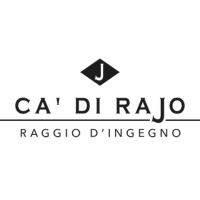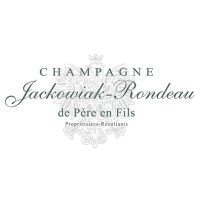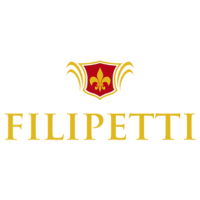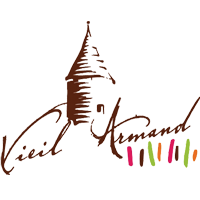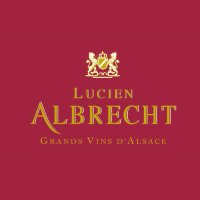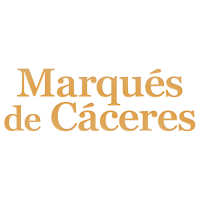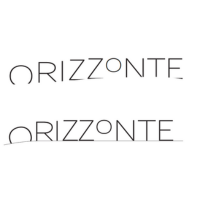Champagnes
Home / Category / Champagnes
Grapevines have been grown in the French province Champagne for centuries. Monks, especially those from Reims (the city of champagne) and its vicinity, made a great contribution to the centuries- old continuation of the work.
The specific production process, with characteristic "popping corks", began to be used in the second half of the 17th century. The methods used by the most famous French monk, Dom Perignon, had a great influence on the quality of champagne (which began to be bottled under this name in the year 1695). Since then, the popularity of this extraordinary natural bubble wine has grown, supported by French courts and English buyers, thanks to which the first champagne shop was established in the first half of the 18th century on the initiative of Nicolas Ruinart.
The so called “Champagne Houses” grew in strength, mainly due to the quality of the products they created. To this day, however, producers such as Bollinger or Perrier-Jouet are still highly valued. Also, women, mostly widows of the founders of some houses (Pommery, Perrier, Cliquot - "Great Lady of Champagne"), took over the legacy of their deceased husbands in an excellent way and continued the great streak of this drink on successfully acquired markets. This led to the reservation of the name "champagne" in 1911, and in 1927 to a narrowing of the land from which grapes could be obtained to make champagne.
Champagne is nothing but sparkling wine produced in the French province Champagne (and in several municipalities outside the region). It is always made of the following strains: white Chardonnay (a version made of 100% of this variety is called blanc de blancs; respectively, champagne composed exclusively of dark grapes is called blanc de noirs) and red Pinot Noir and Pinot Meunier. Several less known traditional grapevines are allowed, but their importance is marginal, and the cultivation is almost microscopic.
The Champagne province itself, is the northernmost wine-growing region in France, divided into 302 separate small plots called cru, divided into two classes according to soil quality and type (premier cru, grand cru - there are 21 of theese).
Due to the amount of sugar, champagnes are divided into: brut integral / brut zero / extra brut (very dry), brut (dry), sec / extra dry (semi-dry), demi sec (semi-sweet) and doux (sweet). Additionally, due to the grape strains used, there are champagnes: blanc de blancs (only from white Chardonnay) or blanc de noirs (only from red varieties).
Besides champagne, sparkling wines are produced all over the world. Their characteristic feature is a significant saturation with carbon dioxide, which is produced in the fermentation process (in a bottle or tank) or is artificially added. The best known are Cremant (France), Cava (Spain), as well as Italian Prosecco, Lambrusco and Asti (spumante and frizzante), and Russian Igristoje (all produced with the method from the French Champage province).
In our portfolio you will find dozens of sparkling wines and champagnes of recognized brands, in all possible varieties, from dry to sweet, from the simplest to the highest-class versions, appreciated by crowds of connoisseurs around the world. We invite you to familiarize yourself with our offer!


